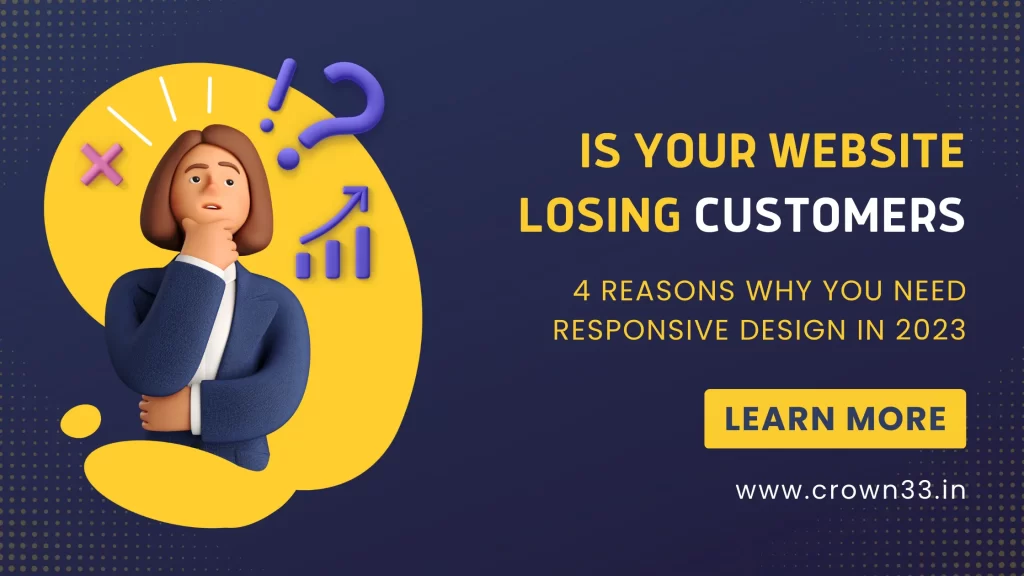In today’s digital age, responsive design is more important than ever before. With the rise of mobile devices and the increasing number of people accessing the internet on their smartphones, tablets, and other devices, having a website that is optimized for mobile viewing is essential.
Responsive design refers to the practice of designing a website so that it can adjust its layout and content to fit the screen size of the device being used to access it. This means that no matter whether someone is accessing your site from a desktop computer, a tablet, or a smartphone, they will be able to view your content in a way that is easy to read and navigate.
There are many reasons why responsive design is so important for websites today. Here are just a few:
Improved User Experience
First and foremost, responsive design improves the user experience of your website. By ensuring that your site looks great and is easy to use on any device, you can keep visitors on your site for longer and reduce the bounce rate.
Increased Mobile Traffic
As mentioned, mobile devices are now the primary way that people access the internet. In fact, in 2021, mobile devices accounted for more than half of all internet traffic worldwide. By having a responsive website, you can tap into this huge market and ensure that your site is accessible to all users, regardless of their device.
Better SEO
Search engine optimization (SEO) is critical for driving traffic to your website. With responsive design, you can improve your site’s SEO by ensuring that it is mobile-friendly. Google has explicitly stated that mobile-friendliness is a ranking factor, which means that responsive design can help you climb the search engine rankings and attract more visitors to your site.
Lower Bounce Rates
Bounce rates refer to the percentage of visitors who leave your site after viewing only one page. High bounce rates can be a problem for websites, as they indicate that visitors are not finding what they are looking for. With responsive design, you can lower your bounce rates by providing a seamless and enjoyable user experience, regardless of the device being used.
In conclusion, responsive design is absolutely essential for websites today. By ensuring that your site is accessible and easy to use on any device, you can improve the user experience, attract more mobile traffic, improve your SEO, and reduce bounce rates. So if you’re in the process of building a website, be sure to prioritize responsive design!

I am a Web Experience Specialist. Love turning codes into immersive digital experiences. Being a mobile marketing maestro, I decode online growth one website at a time. Write on Websites, E-Commerce, Hosting & more.



